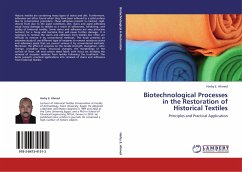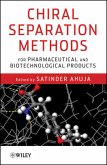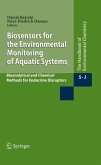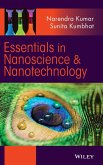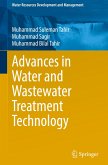Historic textiles are containing many types of stains and dirt. Furthermore, adhesives can often found when they have been adhered to a solid surface due to conservation procedure. These adhesives present in cracked, rigid, shrunk from due to the aged conditions. Dirt, stains and aged adhesives cause heavy damage to textiles as a result of yellowness, hardening, and acidity of historical textiles. Some stains and adhesives are very attractive nutrient for a fungi and bacteria that will cause further damage. It is necessary to remove the stains and adhesives from textiles but often are difficult to remove it by conventional methods. This book presents an extensive study of use different type of enzymes to remove resistance stains and adhesives paste that we cannot remove it by conventional methods. Moreover, the effect of enzymes on the tensile strength, elongation, color change, crystalline index, structural changes, the morphology of the surface of linen, silk and cotton dyed fabric with focus on studying the removal of enzymes residues from textiles following the treatment. The book presents practical applications into removal of stains and adhesives from historical textiles.
Hinweis: Dieser Artikel kann nur an eine deutsche Lieferadresse ausgeliefert werden.
Hinweis: Dieser Artikel kann nur an eine deutsche Lieferadresse ausgeliefert werden.

